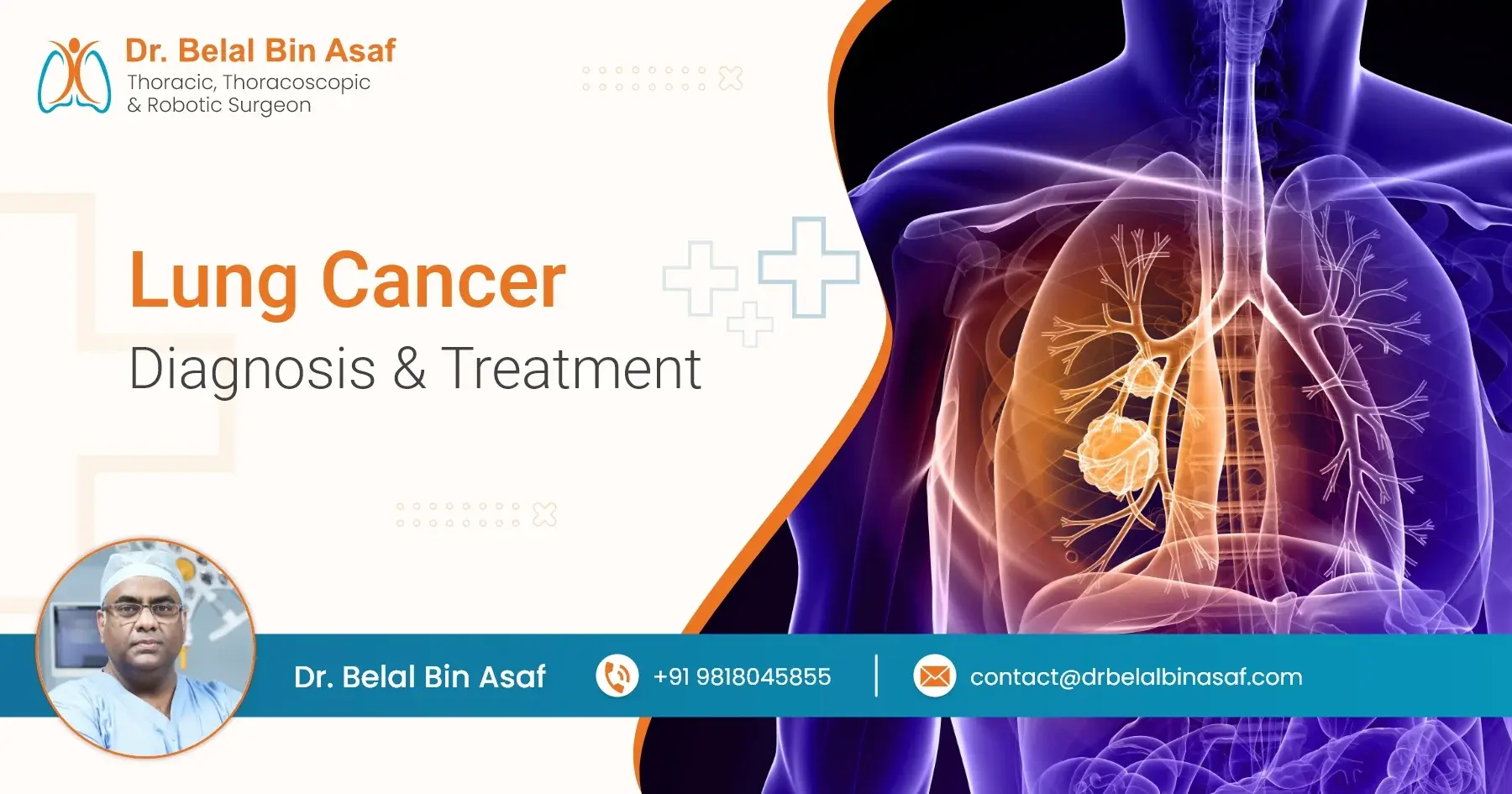Small cell lung cancer and non-small cell lung cancer are the two most common kinds of lung cancer. These classifications apply to how cancer cells appear under a microscope. Compared to small cell lung cancer, non-small cell lung cancer is more prevalent.
It is feasible to do tests external icon to see if you have had a change in your genes (genetic mutation) if you have lung cancer (particularly non-small cell lung cancer). The results of these tests aid in determining which therapy is most effective for you.
Staging: If lung cancer is detected, more tests are performed to determine the extent of the disease’s spread throughout the lungs, lymph nodes, and the rest of the body. This is referred to as staging. What kind of treatment you need depends on the type and stage of lung cancer.
Types of Lung Cancer Treatment:
Depending on the type of lung cancer and how far it has gone, there are numerous treatment options. Surgery, chemotherapy, radiation therapy, targeted therapy, or a combination of these treatments can be used to treat non-small cell lung cancer. Small cell lung cancer is usually treated with a combination of radiation and chemotherapy.
Surgery: A procedure in which surgeons remove cancerous tissue from the body.
Chemotherapy: Special medications are used to shrink or kill cancer cells. The drugs can be pills that you consume medicines that are injected into your veins, or both.
Radiation Therapy: Radiation therapy is a type of treatment that involves the use of To kill cancer, high-energy rays (similar to X-rays) are used.
Targeted Therapy: Therapy that is specific to the patient. Drugs are used to stop cancer cells from growing and spreading. The drugs can be taken orally or administered intravenously. Before targeted therapy is employed, tests will be performed to determine if it is appropriate for your cancer type.
Alternative and Complementary Medicine: Complementary and alternative medicine (CAM) refers to medicines and health practices that aren’t typically used by doctors to treat cancer.
Complementary Medicine: In addition to conventional treatments, complementary medicine is used. Acupuncture, nutritional supplements, massage therapy, hypnosis, and meditation are among examples.
Alternative Medicine: Standard therapies are replaced by alternative medicine. Unique diets, megadose vitamins, herbal preparations, special teas, and magnet treatment are just a few examples.
Many types of complementary and alternative medicine have not been scientifically tested and may be dangerous. Before beginning any complementary or alternative treatment it is advisable to talk to your doctor about the risks and benefits.
Which Treatment Is Most Appropriate for Me?
It can be difficult to choose which treatment is best for you. Speak with the best lung cancer doctor you can find about the treatment choices for your specific cancer kind and stage. Each treatment’s risks and advantages, as well as any adverse effects, can be discussed with your doctor. The way your body reacts to medications or other therapies is known as side effects.
People sometimes seek the advice of more than one cancer specialist. A “second opinion” is what this is referred to as. Getting a second opinion is a good idea. An external icon may assist you in selecting the best treatment for you.

